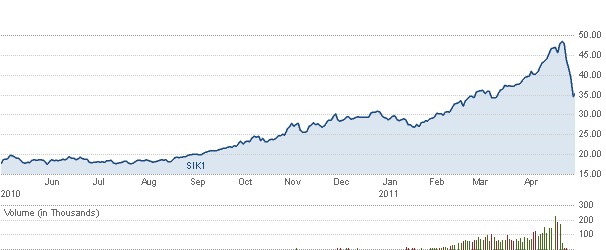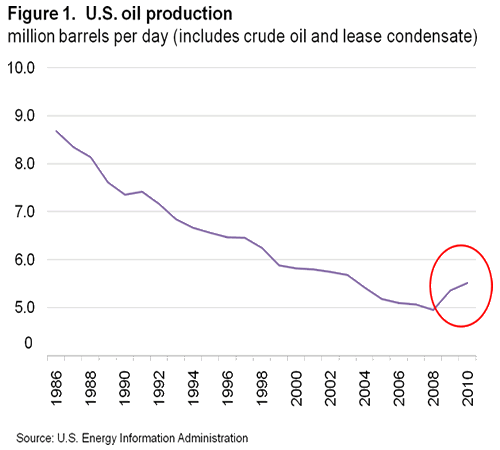- by New Deal democratBerkeley Prof. Brad Delong has
sounded another clarion call for the discipline of economics to examine why the dominant neoliberal model so spectacularly failed in the last 5 years:
[W]hat astonishes me even more is the apparent failure of academic economics to take steps to prepare itself for the future. “We need to change our hiring patterns,” I expected to hear economics departments around the world say in the wake of the crisis.
The fact is that we need fewer efficient-markets theorists and more people who work on microstructure, limits to arbitrage, and cognitive biases. We need fewer equilibrium business-cycle theorists and more old-fashioned Keynesians and monetarists....
Yet that is not what economics departments are saying nowadays.
Indeed, unintentioinally a prime example of the failure of macroeconomics to confront the root causes of its disaster was written on Sunday Yale Prof. Robert Shiller in
the New York Times. Shiller claimed:
[F]ew argued convincingly during the last decade that the most recent economic crisis was near. ...
... [T]he theory of outlier events doesn’t actually say that they cannot eventually be predicted. Many of them can be, if the right questions are asked and we use new and better data. Hurricanes, for example, were once black-swan events. Now we can forecast their likely formation and path pretty well, enough to significantly reduce the loss of life.
Such predictions are a crucial challenge in economics, too, and they are why data collection ... can be very revealing.
Sigh. It seems that progress is likely to come "one funeral at a time." Only when the powerful astrologers are gone, can actual astronomers stand a chance to formulate the science.
Let's take Shiller's example of hurricanes. Everything he says is true. But now let's add in human behavior. It is almost universally accepted among the scientific community that global warming is real, and the only issue is how much of it is caused by human activity - reams and reams of data say so. One of the consequences of global warming is said to be more frequent and more powerful hurricanes. We can only "avoid" the consequence of more frequent and powerful hurricanes if we can CHANGE the human behavior that makes them more likely. Despite the near-universal agreement among those doing the science, has anybody noticed any success there?
In other words, data collection is just so much more toilet paper unless human beings believe it and act on it. If you don't know how human beings will react to tranquility and change, any attempt to predict or change a bad outcome of human behavior is pseudoscience. You may as well use astrology.
For example, have economists yet explained last summer's sudden economic slowdown, or why it ended? No. True we very, very briefly had $90 Oil, and we had the expiration of the $8000 home buyer's credit, but that is only part of the reason. I have argued instead a non-economic explanation, that it was a classic case of classic psychological conditioning. Dog hears bell, dog receives shock. The next time the dog hears the bell, it cringes, anticipating a shock. Last spring the Euro crisis recapitulated the early stages of the 2008 financial crisis. LIBOR rates surged. Businesses and consumers froze, fearing a repeat of 2008. (It also didn't help that Americans could see live video, 24/7, of a potentially cataclysmic Oil volcano erupting on the bottom of the Gulf of Mexico). The economy stalled. When the Euro crisis abated (and the well was capped), the economy unfroze.
Prof. Hamilton has incorporated the concept of human behavior change into his theory of Oil price shocks. According to Hamilton, once Oil hits 6% of consumer spending, AND if the price is a "shock" - i.e., we haven't just seen this price already, it is a new, higher price than the recent past - then consumers alter their behavior, ultimately cutting back spending more than twice as much as the Oil price increases directly change their costs.
Let's return to Shiller's starting point: that "[F]ew argued convincingly during the last decade that the most recent economic crisis was near."
That isn't a coincidence. It is precisely
because so few argued convincingly, that the crisis happened! Suppose in 2004 the 100 most prominent economists had all descended on Washington, and written in every mainstream publication that low interest rates, almost total non-enforcement of financial fraud laws, and burgeoning leveraged side-bets on housing were going to lead to a debt crisis. If they were to succeed in changing behavior (even just the enforcement of existing regulatory authority), the crisis simply would not happen. If they were met with universal complacency, the crisis would still occur.
Put more simply: we avoided Great Depression 2.0 in 2009 because we remember the history of the Great Depression. But we peered into the abyss because we forgot the 1920's and repeated in more modern form almost all that decade's vices. We do have lots of data from the 1920's - but nobody in power believed it was relevant any more.
Macroeconomists don't simply need to collect more data. Nor do they need to change graduate school education. What is needed instead is a root-and-branch rewriting of undergraduate Economics 101.
First, patently ridiculous assumptions about human behavior must never be taught. Economics 101 assumes that humans act to maximize the ethereal "utility," that their tastes are unchanging, and are never satiated. Meanwhile in the next building Psychology 101 - based on actual evidence - teaches that humans like variety, their drives are satiable, and they are veritable learning, copy-catting, adaptive (and maladaptive) dynamos.
Second, static equations imported from 19th century physics won't do. That humans are learning, copy-catting, and behavior-changing dynamos whose tastes change and whose drives can be satiated means that dynamic, not static, systems must be modeled. For example, via
heterodox Prof. Steve Keen, Geophysicist Dr. Geoff Davies has used dynamic equations from his field to create
a dynamic model of a credit bubble and bust.
The need for more data is only a start. When economists base their models on
actual human behavior, based on
actual data about that behavior including how it changes, and feed that data into a
dynamic system, then they might stand a chance of actually foreseeing more potential crises and at least averting some of them. Of course, such a system might show that once a living generation passes, its lessons become unlearned - just as US elites forgot, denigrated, and ignored the data from the 1920's.
But until macroeconomics really and truly questions its basic assumptions and methodologies, it will remain a rancid, putrefying pseudoscience in a state of self-denial.












































